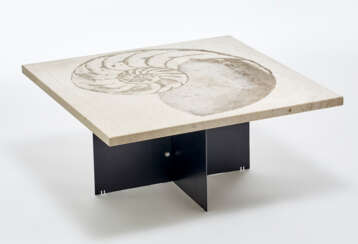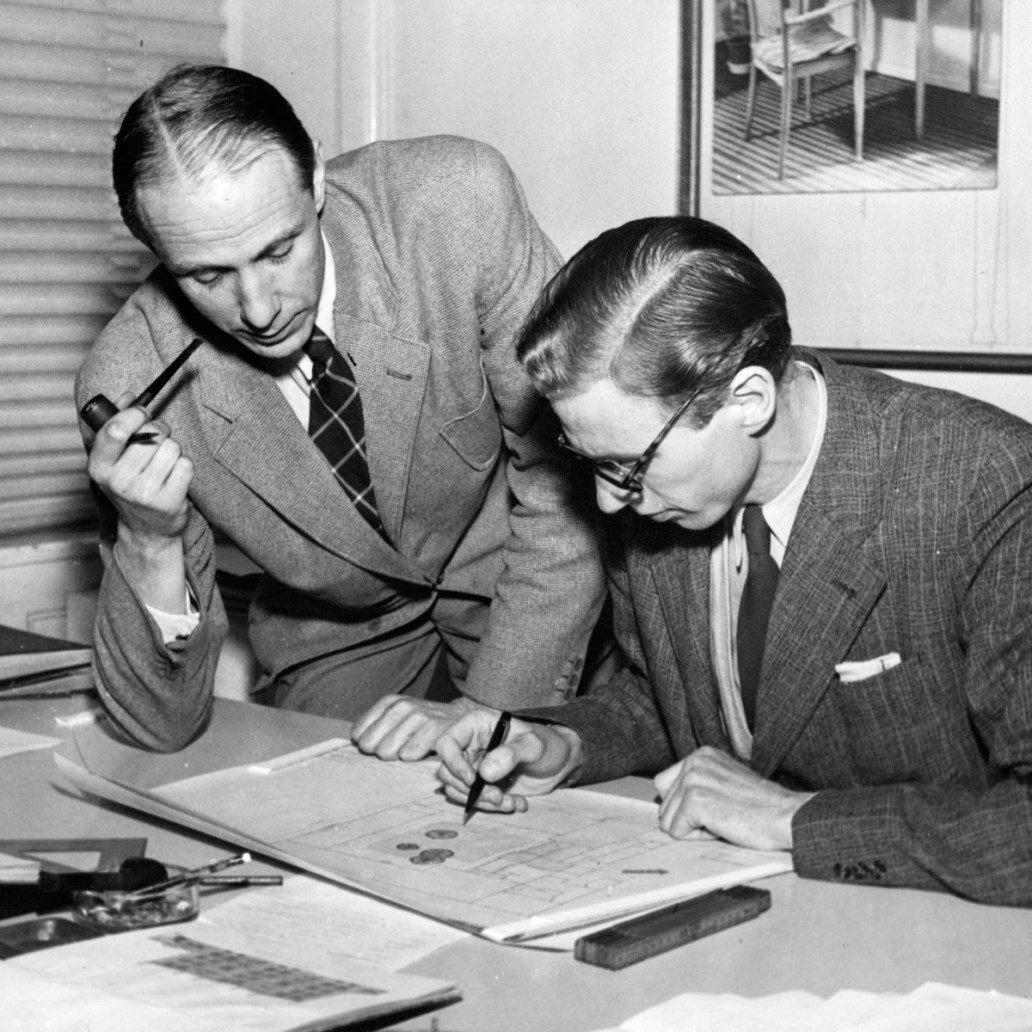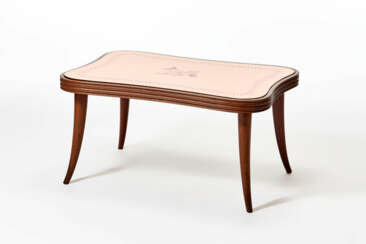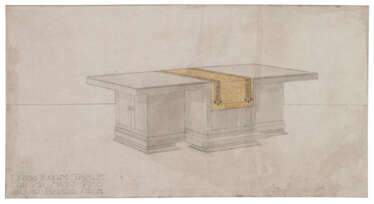living room decor
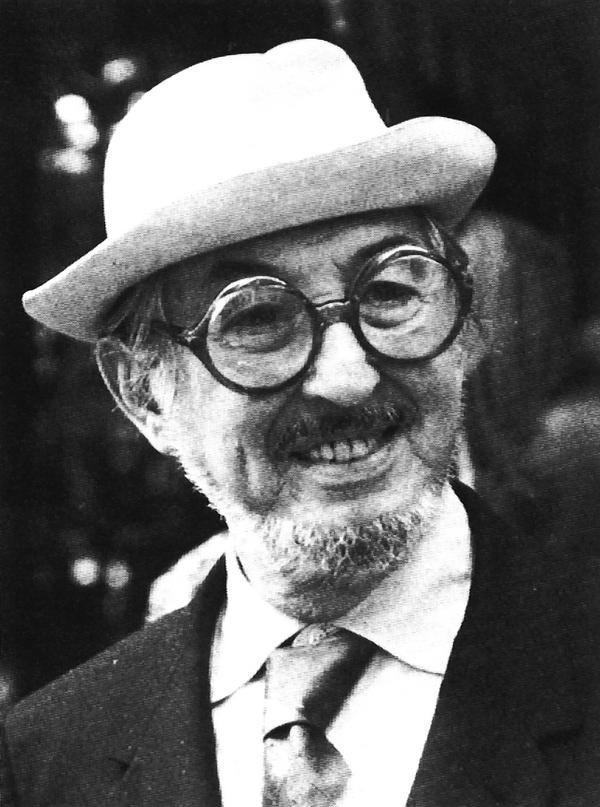
Carlo Scarpa was an Italian architect, influenced by the materials, landscape and the history of Venetian culture, and by Japan. Scarpa translated his interests in history, regionalism, invention, and the techniques of the artist and craftsman into ingenious glass and furniture design.



Paolo Buffa was an Italian architect and furniture designer.



Ico Parisi was an Italian architect and designer.



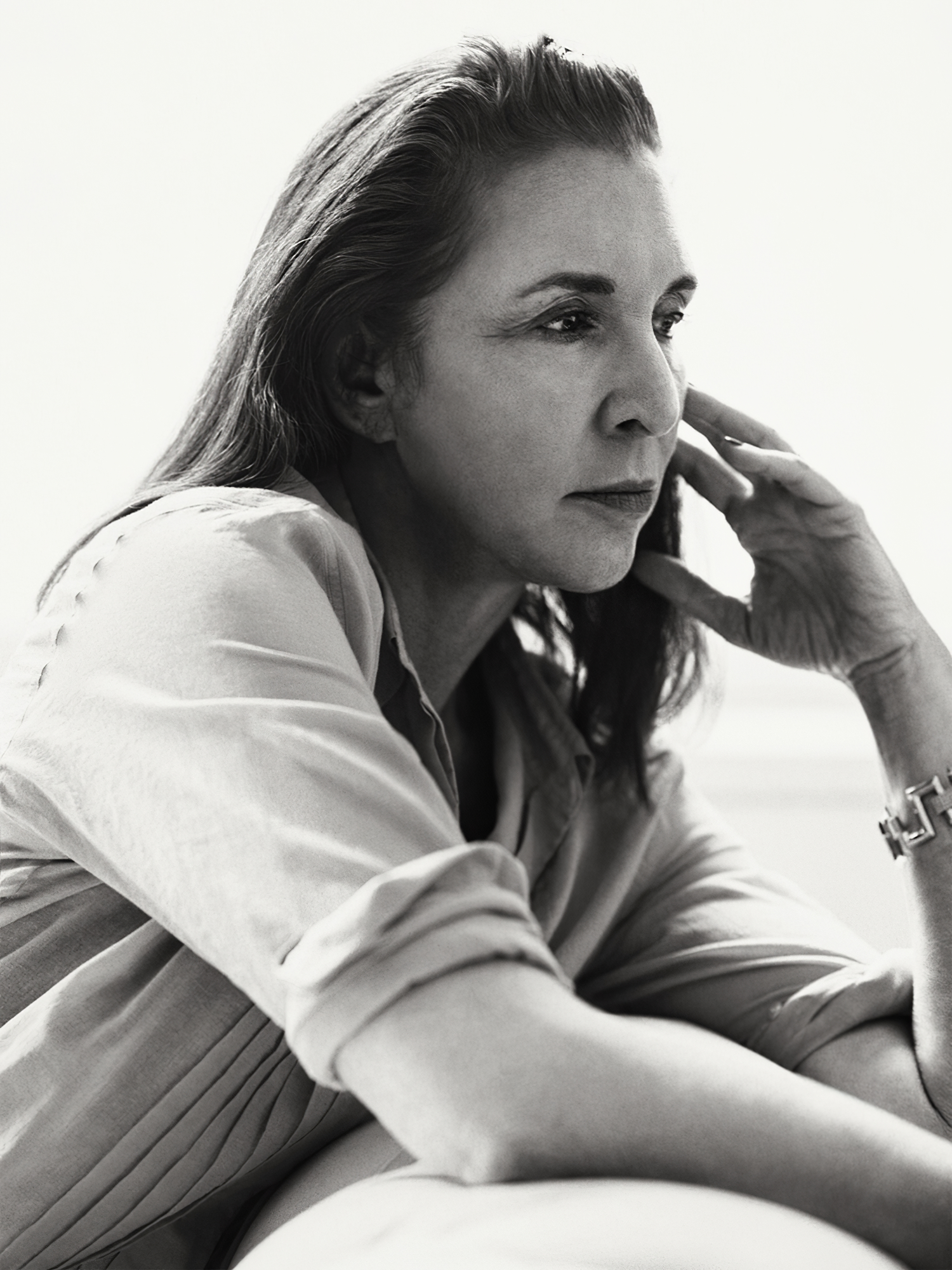
Laurie Simmons is an American artist, photographer and filmmaker. Since the mid-1970s, Simmons has staged scenes for her camera with dolls, ventriloquist dummies, objects on legs, and people, to create photographs that reference domestic scenes. She is part of The Pictures Generation, a name given to a group of artists who came to prominence in the 1970s. The Pictures Generation also includes Cindy Sherman, Barbara Kruger, and Louise Lawler.

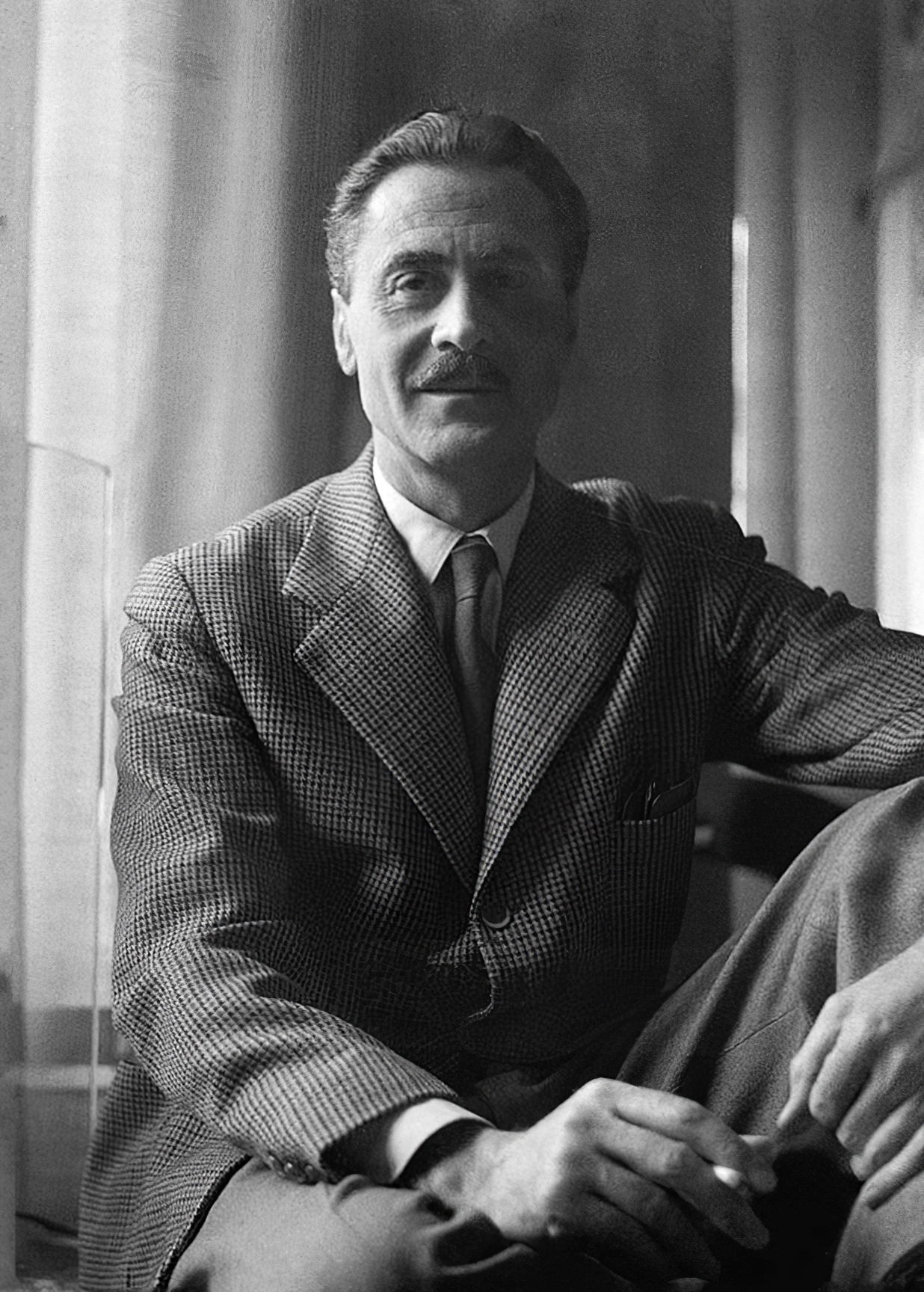
Franco Albini was an Italian Neo-Rationalist architect, designer and university instructor in design.

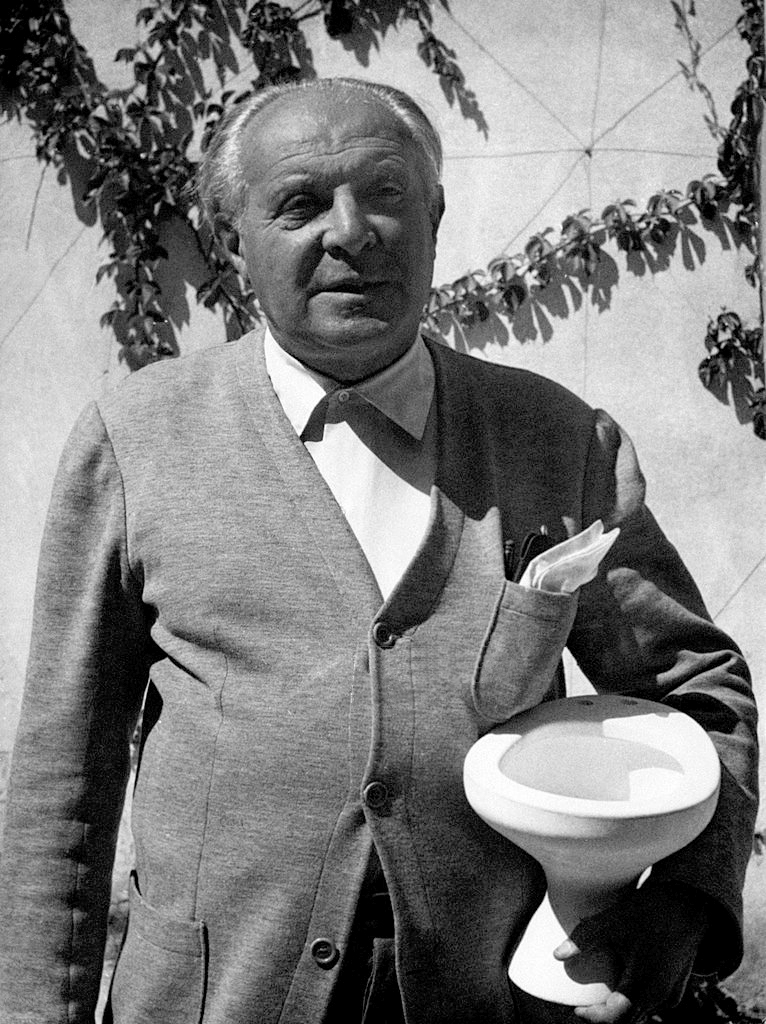
Giovanni (Gio) Ponti was an Italian architect, industrial designer, furniture designer, artist, teacher, writer and publisher.


Giovanni (Gio) Ponti was an Italian architect, industrial designer, furniture designer, artist, teacher, writer and publisher.





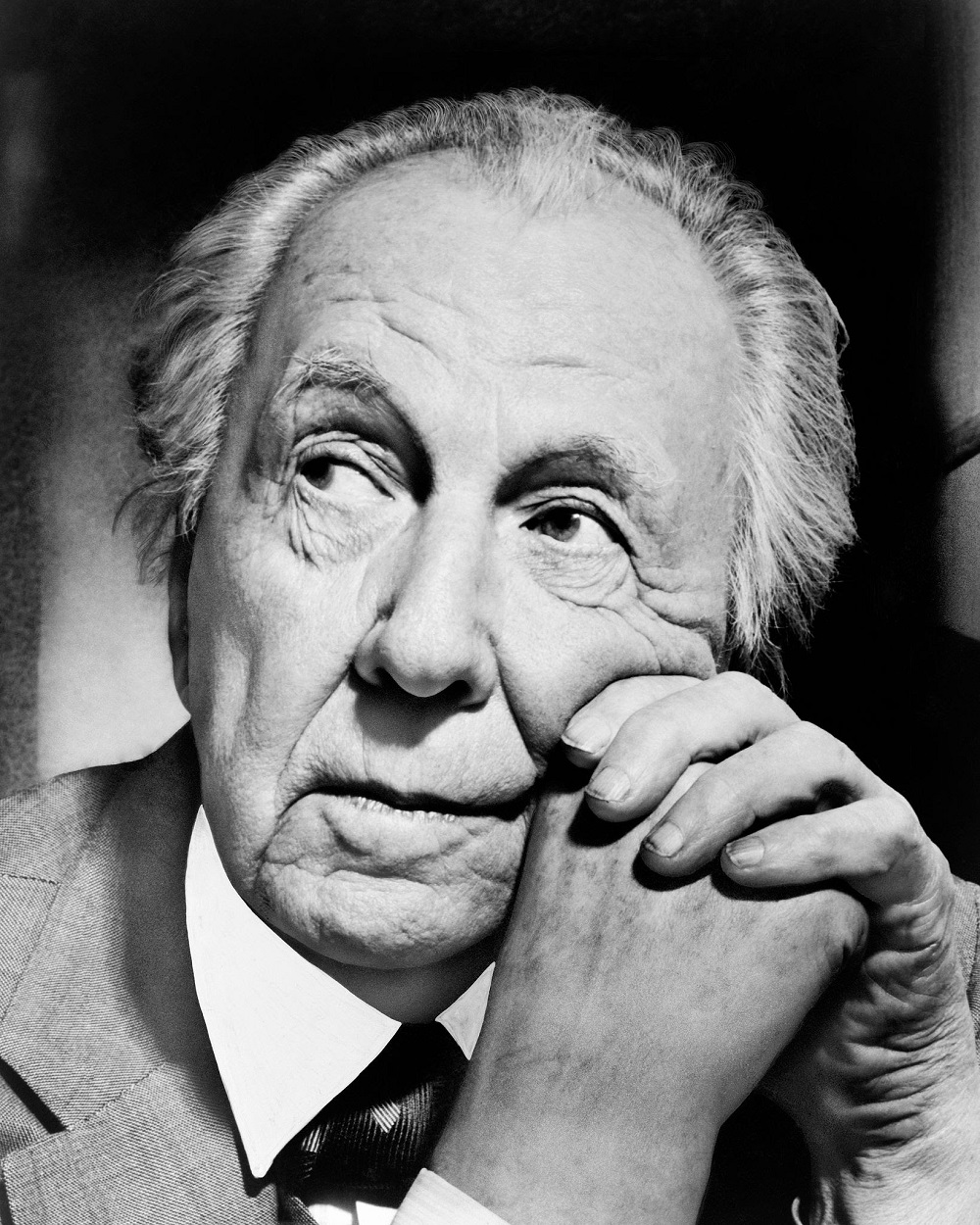
Frank Lloyd Wright was an American architect, interior designer, writer, and educator. He is widely regarded as one of the most important and innovative architects of the 20th century, with a career spanning over 70 years.
Wright is known for his organic architecture philosophy, which aimed to create structures that were in harmony with their natural surroundings. He designed over 1,000 structures, including private homes, public buildings, and commercial buildings, such as the iconic Guggenheim Museum in New York City.
Some of Wright's most famous works include Fallingwater, a private residence built over a waterfall in Pennsylvania, and the Robie House, a Prairie-style home in Chicago. He also designed the Imperial Hotel in Tokyo, which survived the Great Kanto Earthquake of 1923.
Throughout his career, Wright was known for his innovative use of materials, such as his signature use of concrete blocks, and for his emphasis on the relationship between the built environment and the natural world. He also wrote extensively on architecture and design, publishing over 20 books and numerous articles throughout his life.
Frank Lloyd Wright's influence on modern architecture is profound, and his work continues to be studied and celebrated around the world. He is often regarded as a pioneer of modern architecture and a master of American design.




Frank Lloyd Wright was an American architect, interior designer, writer, and educator. He is widely regarded as one of the most important and innovative architects of the 20th century, with a career spanning over 70 years.
Wright is known for his organic architecture philosophy, which aimed to create structures that were in harmony with their natural surroundings. He designed over 1,000 structures, including private homes, public buildings, and commercial buildings, such as the iconic Guggenheim Museum in New York City.
Some of Wright's most famous works include Fallingwater, a private residence built over a waterfall in Pennsylvania, and the Robie House, a Prairie-style home in Chicago. He also designed the Imperial Hotel in Tokyo, which survived the Great Kanto Earthquake of 1923.
Throughout his career, Wright was known for his innovative use of materials, such as his signature use of concrete blocks, and for his emphasis on the relationship between the built environment and the natural world. He also wrote extensively on architecture and design, publishing over 20 books and numerous articles throughout his life.
Frank Lloyd Wright's influence on modern architecture is profound, and his work continues to be studied and celebrated around the world. He is often regarded as a pioneer of modern architecture and a master of American design.







